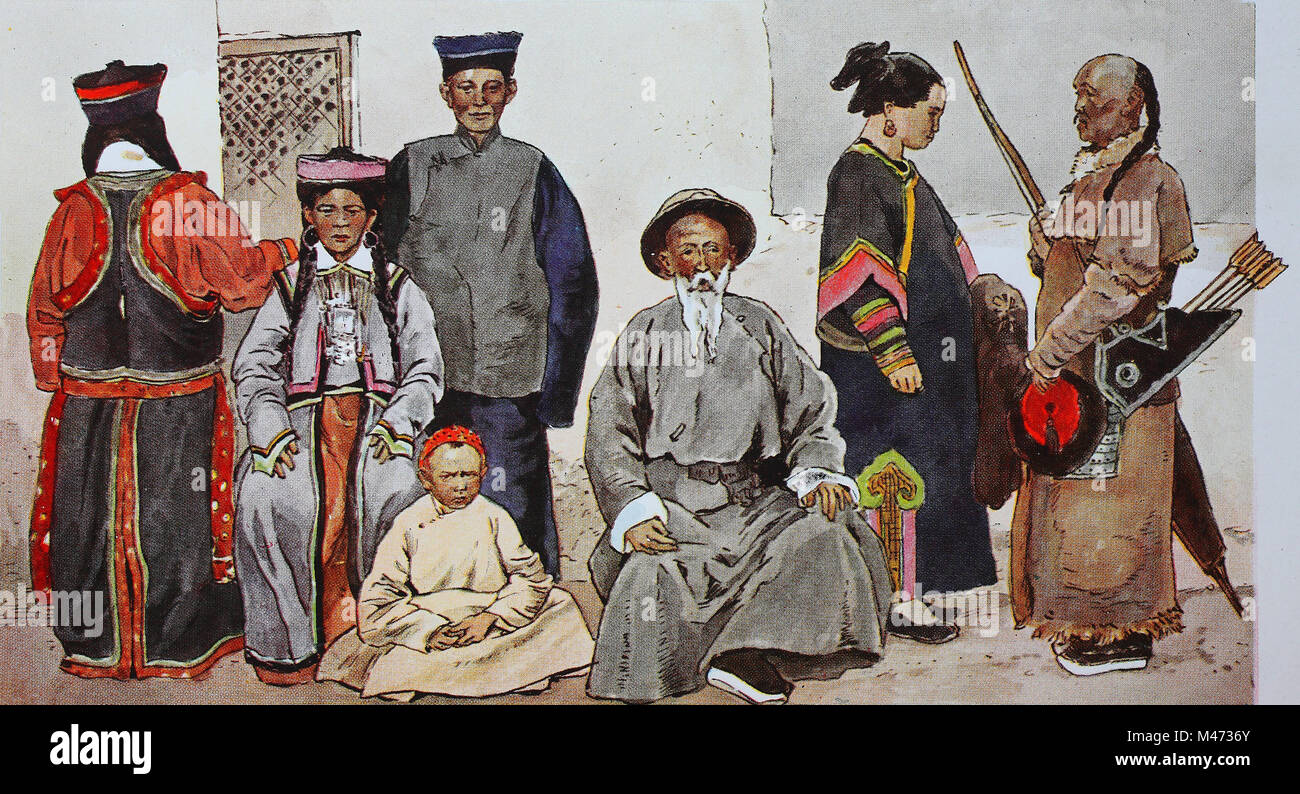Joyful Period Style: Eastern Wear Pakistan Styles for every single Celebration
Joyful Period Style: Eastern Wear Pakistan Styles for every single Celebration
Blog Article
Introducing the Rich Heritage of Eastern Style
Exploring the elaborate tapestry of Eastern fashion unveils a world where tradition meets innovation, and workmanship intertwines with cultural importance. From the luxurious silks of ancient dynasties to the detailed needlework of nomadic people, each garment narrates that goes beyond time and boundaries, resembling the rich heritage and creative heritage of the East. As we peel back the layers of background and practice, a remarkable trip awaits, untangling the secrets behind the captivating attraction and enduring impact of Eastern style on the global phase.
Origin of Eastern Style

In Mesopotamia, for instance, the Sumerians and Babylonians created garments using bed linen, leather, and woollen, decorated with complex patterns and precious jewelry. Ancient Egyptians are renowned for their sophisticated weaving skills and the usage of lightweight, breathable materials like bed linen. Chinese style highlighted the importance of color meaning and detailed needlework techniques, while Indian clothing featured vivid hues, glamorous materials like silk and cotton, and sophisticated drapery styles such as the saree.
These ancient human beings not just affected each other however also led the way for the diverse and culturally rich tapestry that is modern Eastern style. With centuries of development, Eastern fashion continues to thrive, blending tradition with modern-day influences to produce timeless and distinct styles.
Social Influences and Customs
Attracting from centuries-old custom-mades and ideas, social impacts and customs play a pivotal function in shaping the significance of Eastern style (eastern wear pakistan). The abundant tapestry of societies across Eastern areas such as Asia, the Middle East, and Africa has heavily affected the clothing styles, shades, materials, and creates that are common in Eastern style today
In countries like India, Japan, and China, typical garments like kimonos, cheongsams, and sarees remain to hold substantial social value and are usually embellished with detailed embroidery or symbolic patterns that mirror deep-rooted beliefs and values. In Center Eastern nations, the flowing abayas and kaftans worn by males and females not only offer as modest outfit but likewise mirror the region's social heritage and Islamic traditions.
In addition, the usage of details colors like red forever luck in Chinese culture or intricate geometric patterns inspired by Islamic style better exhibit how cultural influences materialize in Eastern fashion - eastern wear pakistan. By recognizing and protecting these social influences and traditions, Eastern fashion remains to progress while remaining real to its abundant heritage
Advancement of Eastern Garments
Over time, Eastern garments have actually undertaken significant improvements, mirroring a blend of custom and modernity in their design and design. Standard Eastern garments such as the saree, hanbok, robe, and salwar kameez have evolved to integrate contemporary aspects while protecting their social significance.
One noteworthy evolution is making use of cutting-edge fabrics and strategies in Eastern garment building and construction. Typical handwoven textiles like silk and cotton have been matched with modern-day products such as polyester and blends, providing raised durability and ease of treatment. In addition, improvements in printing technologies have actually made it possible for detailed patterns and layouts to be included into Eastern garments with precision and information.
In addition, changes in silhouette and customizing have actually improved Eastern clothes, making them much more suitable and flexible for varied occasions. Standard outfit codes have loosened up, enabling for experimentation with designs, shades, and embellishments. This advancement has not only made Eastern garments extra available and enticing to an international audience however has also guaranteed their continued relevance in contemporary style landscapes.
Meaning in Eastern Attire
Checking out the ingrained cultural relevance woven right into Eastern clothing unveils a rich tapestry of significance and practice. Eastern garments are frequently imbued with icons that show the user's social condition, religious ideas, and cultural identity.
In addition, details garments hold symbolic definitions. Its design, fabric, and even the means it is put on all lug deep cultural importance.

Impact of Eastern Fashion Today

The consolidation of Eastern components in Western style has actually caused a blend of designs that provide to diverse tastes and preferences (eastern wear pakistan). Designers commonly attract ideas from Eastern silhouettes, fabrics, and patterns, creating innovative and unique items that mix standard and contemporary appearances. This cross-cultural exchange has not just rejuvenated the garment industry yet additionally promoted a deeper gratitude for Eastern heritage and craftsmanship
Moreover, the surge of digital platforms and social media has better enhanced the impact of Eastern style, enabling designers and brands to get to a broader audience and showcase their social heritage to the world. Via cooperations, style shows, and online campaigns, Eastern style remains to grow and progress in today's dynamic and interconnected global landscape.
Verdict
Finally, the abundant heritage of Eastern fashion is a testimony to the social influences, complex craftsmanship, and extensive significance installed in each garment. From ancient human beings to contemporary analyses, Eastern fashion proceeds to mesmerize with its one-of-a-kind mix of custom and innovation. The influence of Eastern fashion today functions as a reminder of the ageless elegance and creative expression that have actually made it a global sensation celebrated for its rich social heritage.
Exploring the intricate tapestry of Eastern fashion introduces a world where custom fulfills development, and workmanship links with cultural meaning.The sustaining significance and social value embedded in Eastern clothes continue to shape and affect the modern impact of Eastern fashion today. Eastern fashion has actually gone beyond borders, ending up being a worldwide sensation embraced by designers, stars, and style fanatics worldwide.In final thought, the abundant heritage of Eastern look at more info style is a testimony to the social impacts, complex workmanship, and profound significance installed in each garment. The influence of Eastern style today offers as a tip of the timeless beauty and imaginative expression that have made it a global sensation celebrated for its rich cultural heritage.
Report this page